Comprising of Richard James Burgess, Chris Heaton, Andy Pask, Peter Thoms and John L Walters, LANDSCAPE began as a jazz rock band, issuing two instrumental EPs ‘U2XME1X2MUCH’ and ‘Workers Playtime’ on their own label Event Horizon.
Keen to subvert their sound using electronic processing, synthesizers and synthetic drums, the quintet would find themselves at the centre of the synthpop revolution. Released in 1979 on RCA, LANDSCAPE’s instrumental self-titled debut album featured a catchy YELLOW MAGIC ORCHESTRA homage titled ‘Japan’; the band were also profiled on the popular BBC science and technology magazine show ‘Tomorrow’s World’.
Their second album ‘From The Tea-Rooms Of Mars… To The Hell-Holes Of Uranus’ released in 1981 brought in vocals with eccentric but clever lyrical gists and computer control thanks to the Roland MC8 MicroComposer. It also contained the quirky Top5 hit ‘Einstein A Go-Go’ which looked into the mind of a crazed religious fundamentalist out to terrorise the world with a nuclear weapon.
Set to an incessant electronic drumbeat and infectious whistling hook, those innovative new sounds respectively came a prototype Simmons SDSV which Burgess co-designed with Dave Simmons and Walters’ Lyricon, one of the first electronic wind instruments of which the controller schematic later formed the basis of Yamaha’s WX-series.
In another set of firsts, the first single from the album ‘European Man’ used the term “EDM” in its catalogue number and artwork while thanks to his frequenting of The Blitz Club where he met the likes of SPANDAU BALLET, VISAGE and SHOCK who he subsequently worked with, Burgess is credited with coining the term “New Romantic”.
After a third album ‘Manhattan Boogie-Woogie’ in 1982 and a streamlined rebrand as LANDSCAPE III, all five members continued to have success in various fields. Richard James Burgess developed his career as a producer, working notably on ‘Trapped’ by Colonel Abrams and wrote the best-selling book ‘The Art Of Record Production’. Meanwhile bassist Andy Pask played the fretless on CHINA CRISIS’ ‘Christian’ and co-composed the theme to the popular British police TV series ‘The Bill’.
One of the UK’s top session musicians, Peter Thoms contributed the trombone line on Thomas Dolby’s ‘Hyperactive!’ before becoming a Session Official at the Musicians’ Union. Keyboardist Chris Heaton toured with Womack & Womack and produced a version of the Steve Reich work ‘New York Counterpoint’ for the Ballet Rambert with his brother Roger.
John L Walters produced SWANS WAY’s 1984 Top20 hit ‘Soul Train’ before reinventing himself as a journalist and then becoming the editor of ‘Eye’ and ‘Pulp’. With ‘From The Tea-Rooms Of Mars… To The Hell-Holes Of Uranus’ about to be reissued for Record Store Day 2023 and the summer release of a 5CD boxed set, he kindly chatted with ELECTRICITYCLUB.CO.UK about his time in LANDSCAPE…
LANDSCAPE began as a jazz fusion combo, so how did the interest in using electronics come about?
We were always a band (not a combo), so it was great to get the .band suffix for our landscape.band website. LANDSCAPE was always about what we were interested in – which included jazz, funk, rock, systems and improvised music – and we were interested in electronics from the start.
The band began as a vehicle for my jazz compositions; my great hero Gil Evans had released an album ‘Svengali’, full of swirling live electronics alongside a big band. As we evolved from a nine-piece to eight (on Thursday the 12th), to six and finally to the five of us, electronics helped us make a big sound out of a small ensemble. Using pick-ups on the horns meant that we could use processing (fuzz, wah-wah, etc.) on the sax, flutes and trombone and avoid problems with in-house sound systems.
Chris added ring modulator and other effects to his electric piano: you can hear that in his delirious solo on ‘U2XME1X2MUCH’ and in the crashes at the end of the ‘Einstein’ bridge. Andy was always fixated on getting a superb sound from his basses. Richard and Chris had also experimented with electronics in Chris’ improv trio ACCORD. After we won a pair of big Vitavox speakers, we basically had a hi-fi PA, hand-soldered by Andy, with really good sound.
‘European Man’ was the first single off ‘From The Tea-Rooms Of Mars.… To The Hell-Holes Of Uranus’ and co-produced by Colin Thurston. What prompted the decision to self-produce the album after that?
LANDSCAPE has always had a very DIY approach to everything – Richard and I wrote an essay about this for the forthcoming ‘Landscape A Go-Go’ box set. After ‘European Man’, we did a few tracks at Southern Studios (including the unreleased ‘When The Chips Are Down’) to prove to Bill Kimber, our A&R manager, that we could be trusted to finish the whole album and keep within budget.
We enjoyed working with Colin Thurston, but LANDSCAPE was not easy to produce; our tech set-up and approach to music-making was radically different and at that time in 1980, not many engineers or studios knew what to make of the new paradigm.
The single artwork and catalogue number for ‘European Man’ had possibly the first known use of the term “EDM”?
Yes – that was suggested by Bill. We wrote a little line of jokey ad copy for the back cover: “computer programmed to perfection for your listening pleasure”.
John Warwicker’s ‘Vitruvian Man’ cover for the 7-inch bag was a stroke of genius. John has also just done all the artwork for the box set and the forthcoming LANDSCAPE singles.
From the off, the album title pointed to humour being very much part of the creative ethos, which perhaps was the antithesis of say SPANDAU BALLET, VISAGE and ULTRAVOX?
There’s a lot of humour in many of the artists I admire: KRAFTWERK, YELLOW MAGIC ORCHESTRA and THE BEATLES as well as Thelonious Monk, Sly Stone, Carla Bley, Kate Bush etc.
We used to listen to radio comedy when we were on the road. Our roadie JJ (later in THE ART OF NOISE) had cassettes of ‘The Hitch-Hiker’s Guide to the Galaxy’. When LANDSCAPE were purely instrumental, we would improvise introductory anecdotes to explain what the songs were about: titles like ‘Wandsworth Plain’, ‘Goldilox & The Jelly Bean Shuffle’, ‘Bagel Street Blues’ etc.
To answer the second part of your question, we liked musicians like Rusty, Midge, Warren and the Spandaus – we never felt in opposition to them.
‘From The Tea-Rooms Of Mars….’ had several innovative new instruments on it, the Simmons Drums and the Lyricon; Richard co-designed the Simmons but how did you come across the Lyricon?
I first got my hands on a Lyricon and an MC-8 on the same day (demonstrated at a trade fair in Russell Square), in the summer of 1978. Both instruments blew my mind. I couldn’t stop talking about them to friends and family.
Soon after, I borrowed a Lyricon (and subsequently bought it in instalments). It was manufactured by Bill Bernadi’s Computone company and imported by Ray Kitchen’s Musicaid, which also distributed the Simmons SDS III. I started to play Lyricon on gigs and it featured on our first album ‘Landscape’: ‘The Mechanical Bride’ is a good example. That was the beginning of a more ‘programmed’ approach to composition, even though it’s all played “by hand”.
I wrote an article about wind synthesis for Sound International and got to interview a few people who played the Lyricon, including Jack Lancaster and Bennie Maupin. I had already listened closely to several musicians who had used it, like Tom Scott (who played on STEELY DAN’s ‘Aja’ and with Quincy Jones) and the late Wayne Shorter, whose Lyricon playing on WEATHER REPORT’s ‘Black Market’ is sublime.
What were the other synths and tools you had at your disposal and how did you find them to use at the time?
Between us, we got our hands on a lot of stuff, and we had to teach ourselves how to use them on our music. Programming took a long time. Richard and I hooked up the MC-8 to play the Roland System 100M modular synths, a Roland ProMars and Richard’s prototype SDSV drum synth. Chris played the gorgeous-sounding Yamaha CS80 polyphonic keyboard synth, Fender Rhodes electric piano, Minimoog and Casio Digital Keyboard, plus a Roland Chorus Echo and a home-made instrument he sang down on ‘The Doll’s House’ which he called the Vocalophone.
We used a synced up CR-78, a Vocoder, lots of studio outboard effects (Eventide Harmonizer) and Peter used the Roland SPV355 (a pitch-to-voltage synthesiser) on his trombone. The big change from ‘Landscape’ to ‘Tea-Rooms….’ was using the MC-8 on every track: on ‘Sisters’ it powered the click track, but on ‘Computer Person’, every part was programmed except the little Casio on which Chris plays the tune. Sometimes we used the MC-8 to trigger a System 100M to rhythmically ‘gate’ sounds from instruments that wouldn’t otherwise speak to the computer.
The narrative of ‘Einstein a Go-Go’ is still sadly relevant after all these years?
Yes and no. I’d be interested in your take on the theme.
State terrorism is possibly a bigger threat than a lone actor (the protagonist of ‘Einstein’) with extreme convictions and a suitcase bomb. By the way the opening phone calls (which I made at Redwood, the Monty Python studio) are genuine.
I always imagined a madman with a nuclear arsenal so that immediately points me to Putin…
Well, we were imagining the protagonist as a complex loser, so Putin fits…
But sadly we’ve seen people like our guy, religious extremists with an inferiority complex and a wrongheaded interpretation of religious texts, who have done a great deal of damage without nuclear bombs. This was all written thirteen years before the World Wide Web made it easier for people like that to spout their poisonous nonsense to a credulous audience.
Does it still surprise you that ‘Einstein a Go-Go’ became a Top5 hit?
No. People don’t always listen too closely to lyrics. Does it surprise you?
‘Einstein a Go-Go’ was very catchy and with the almost nursery rhyme refrain “better watch out, better beware, Albert says that E=MC2”, the song could be appreciated by a big age range plus your middle eight shout would have had a gothy punky appeal! Why do you think ‘Einstein a Go-Go’ appealed to a mainstream audience?
Hmm … what do you think? My answer would be that it’s full of hooks.
The three part title track of ‘Tea-Rooms….’ pre-dates the modern day trend for electro-lounge music by several decades?
Yes, good observation! I reviewed Señor Coconut for The Guardian and loved them.
The three subtitles, ‘Beguine’, ‘Mambo’, ‘Tango’ were taken from the presets on the Roland Compurhythm CR-78 (the woody precursor to the 808, 606 and 909). People often used them for low-cost entertainment in clubs and cruises; we imagined a band playing in the lounge of a Space Station, or in the bar of an interplanetary ferry transporting passengers through the solar system.
Was ‘Face Of The 80s’ about anyone in particular?
No. Did you have someone in mind?
‘Face Of The 80s’… hmmm! My first thought was it was about Steve Strange but it occurred to me, it might have been Pamela Stephenson who appeared in the Janet Leigh role for your ‘Norman Bates’ video, it looked like you had fun making that with her?
That was a great experience. Director Brian Grant (still going strong) assembled an amazing team and shot it on 35mm film. Pamela was (and still is) a complete pro. We are in awe of her. But that was a year or so after RJB and I wrote ‘Face of the 80s’.
‘Norman Bates’ was quite bizarre track to get into the Top 40, what came first, the music or the idea to base a track around the ‘Psycho’ character?
Music. It started as a moody instrumental, based loosely on the great track ‘Lowdown’ by Boz Scaggs. I was looking for a really slow funk groove with a flute-like hook. The subject matter (a bit like you implied with ‘Face’) is that I was encountering all these skinny, nervy young men, musicians in other bands, salesmen at music stores, journalists, who reminded me of the Norman Bates character as played by Anthony Perkins in Hitchcock’s ‘Psycho’. And Stephen Paine, sadly no longer with us, called his company Syco Sound. He was the tall, slightly nervy (but very nice) guy (a cousin of Peter Gabriel) who imported the Fairlight CMI into the UK from Australia.
Going back to what I said about back stories to instrumentals, I turned it into a song by making the hook line a vocal chant and adding a narration at the end. I was also influenced by Ian Dury, who was the master when it came to integrating spoken-word, literary elements into pop-funk. However it was a bizarre choice for a single release. We should have released ‘Shake The West Awake’.
Was ‘Shake The West Awake’ a commentary about the political climate of the Far East or was it much more innocent, like the emerging affordable technology from Japan and Hong Kong?
The title is a rearranged line from James Joyce’s Finnegans Wake that Marshall McLuhan was fond of quoting: “The west shall shake the east awake … while ye have the night for morn”
Richard and I read McLuhan (and debated what his pronouncements might mean for us) while we were on the road with LANDSCAPE. The title of my tune ‘The Mechanical Bride’ came from McLuhan’s first book, which was about advertising. McLuhan adapted his title from Marcel Duchamp’s ‘The Bride Stripped Bare by Her Bachelors, Even’ aka ‘The Large Glass’.
Is there a LANDSCAPE track that is your favourite?
I’ve already mentioned ‘Shake’, and I have particular affection for ‘The Mechanical Bride’ (which was a starting point for the ‘Tea-Rooms’ sound); it looks both backwards and forwards at LANDSCAPE’s musical development. It was inspired by both KRAFTWERK and WEATHER REPORT, with its jerky jigsaw drum and bass parts, jazz chords and Peter’s outrageous electric trombone solo.
‘The Long Way Home’ also seems increasingly relevant. In that scenario, a failed leader attempts to proclaim that not only they were right after all, they weren’t going to apologise, and that everybody secretly admired their terrible actions. Which seems completely relevant in the age of Johnson, Bannon, Truss and Trump. Andy Pask has mixed an instrumental version of that for the box set ‘Landscape A Go-Go’, and it’s as funky as hell (much funkier without my lead vocal!). It’s a great instrumental showcase for the band at that time, with Andy’s fabulous bass, Richard’s drum fills, Chris’ wild CS80 interjections. The hooky brass section with Lyricon and electric trombone is one of our best.
How do you think ‘From The Tea-Rooms Of Mars…. To The Hell-Holes Of Uranus’ stands up after over 40 years?
Surprisingly well. Everybody is making music that way now. Then it was revolutionary, challenging and time-consuming … but fun.
And it’s still fun now. When we listen to the multi-tracks on our DAWs, the individual tracks sound fresh: expect lots more remixes.
There’s the vinyl LP reissue of ‘Tea-Rooms’ for RSD2023 but you’ve also mentioned a boxed set, what is included in that?
The three albums, EPs, singles (including LANDSCAPE III), unreleased tracks, lots of live tracks, remixes, instrumental versions – 84 tracks in all. Hope you enjoy it. It’s called ‘Landscape A Go-Go. The Story of LANDSCAPE 1977-1983’. We’ve just started a series of social posts that tell the story of LANDSCAPE, with some archive visuals. And there are lots of unreleased live tracks, instrumental tracks and several unreleased studio tracks that we’re excited about getting out into the world.
Genius designer John Warwicker, who we first worked in 1978 when he was a student, has created some terrific graphics for the box set; also some new covers for the digital singles that are coming out over the next few months (first the “Einstein on the Floor” remix, followed in May by the remastered ‘European Man’ 7-inch, never before available digitally).
ELECTRICITYCLUB.CO.UK gives its warmest thanks to John L Walters
‘From The Tea-Rooms Of Mars.… To The Hell-Holes Of Uranus’ is reissued by Cooking Vinyl as a limited edition natural clear coloured vinyl LP with a full lyric insert on 22nd April 2023 for Record Store Day
‘Landscape A Go-Go: The Story Of LANDSCAPE 1977-83’ is released as a 5CD box set on 21 July 2023 by Cooking Vinyl featuring 84 remastered tracks, 52 available on CD for the first time and 22 previously unreleased in any format, pre-order from https://landscape.lnk.to/landscapeagogo
https://www.facebook.com/landscape.band
https://twitter.com/Landscape_band
https://www.instagram.com/landscape_band/
https://campsite.bio/landscape
Text and Interview by Chi Ming Lai
17 April 2023

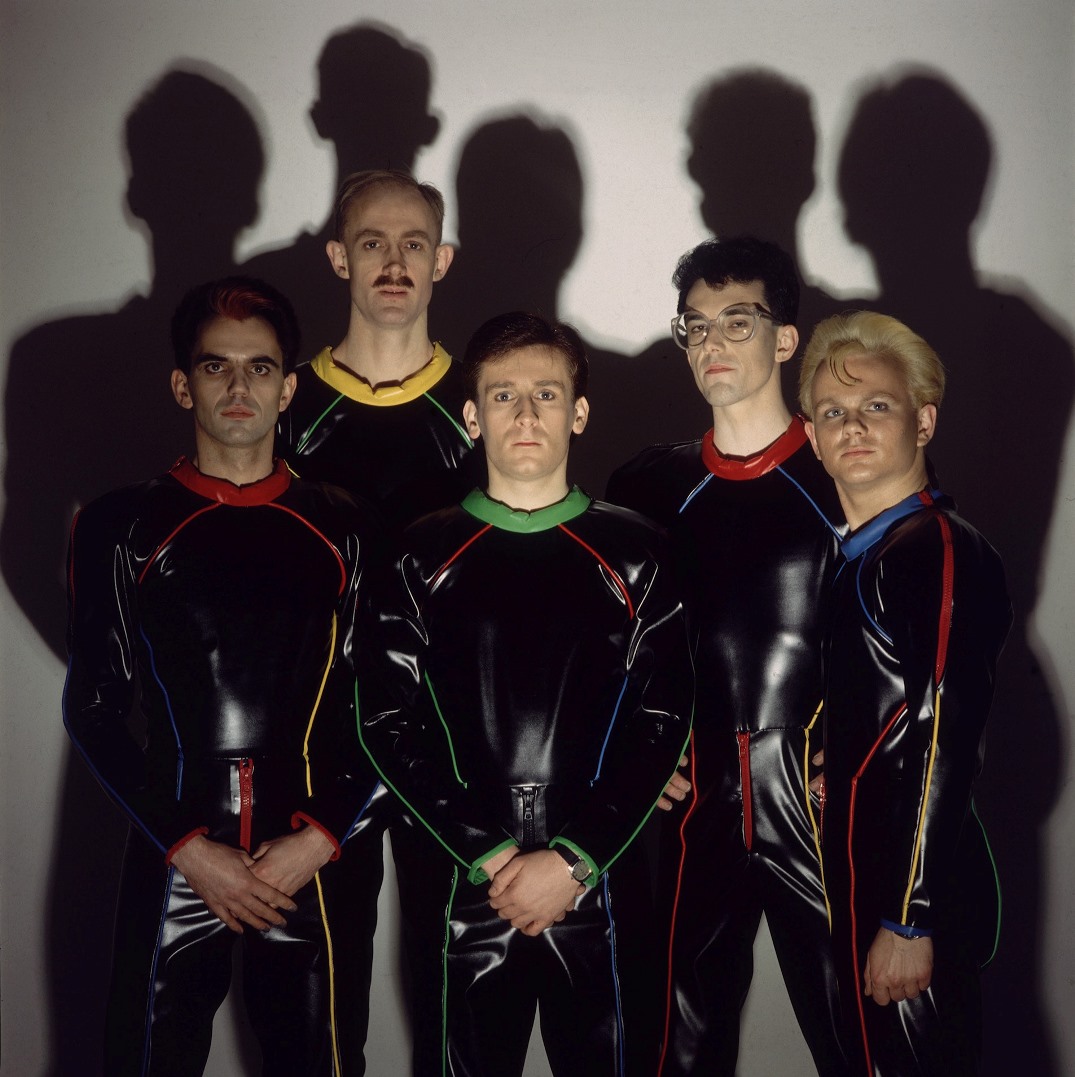
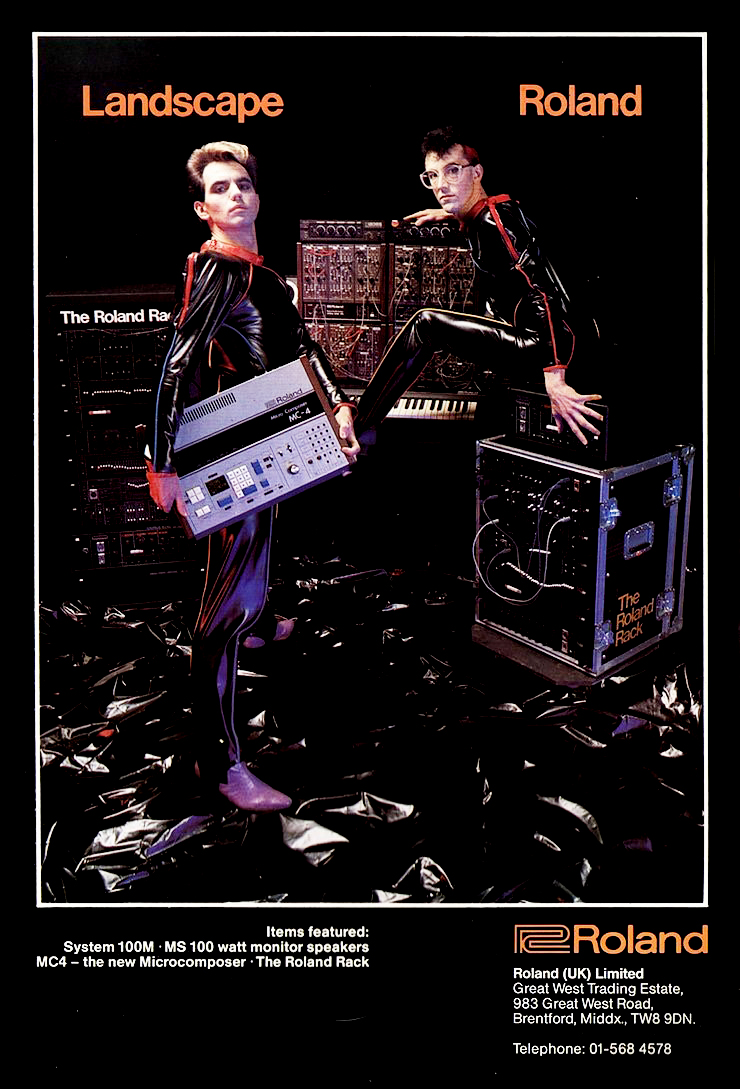
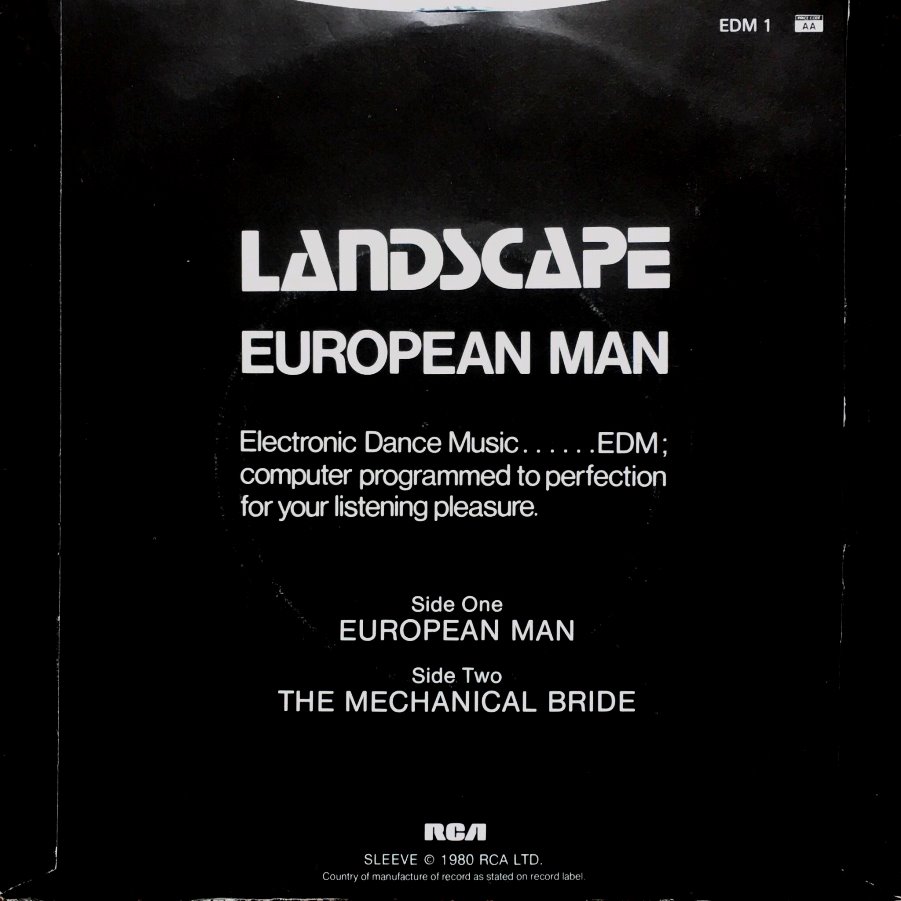
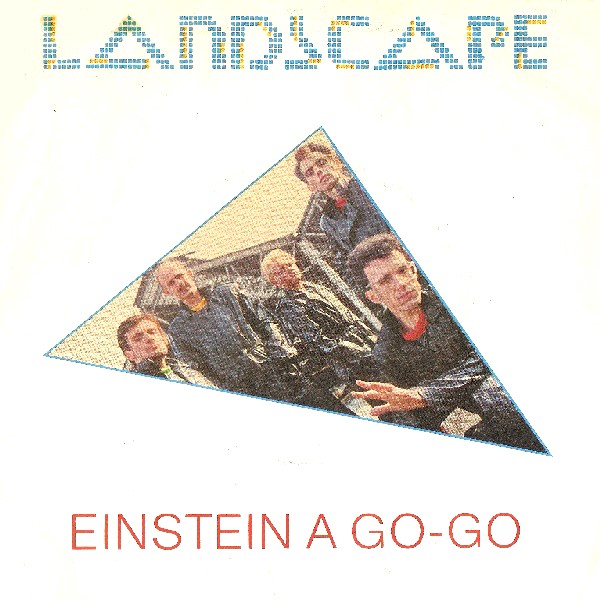
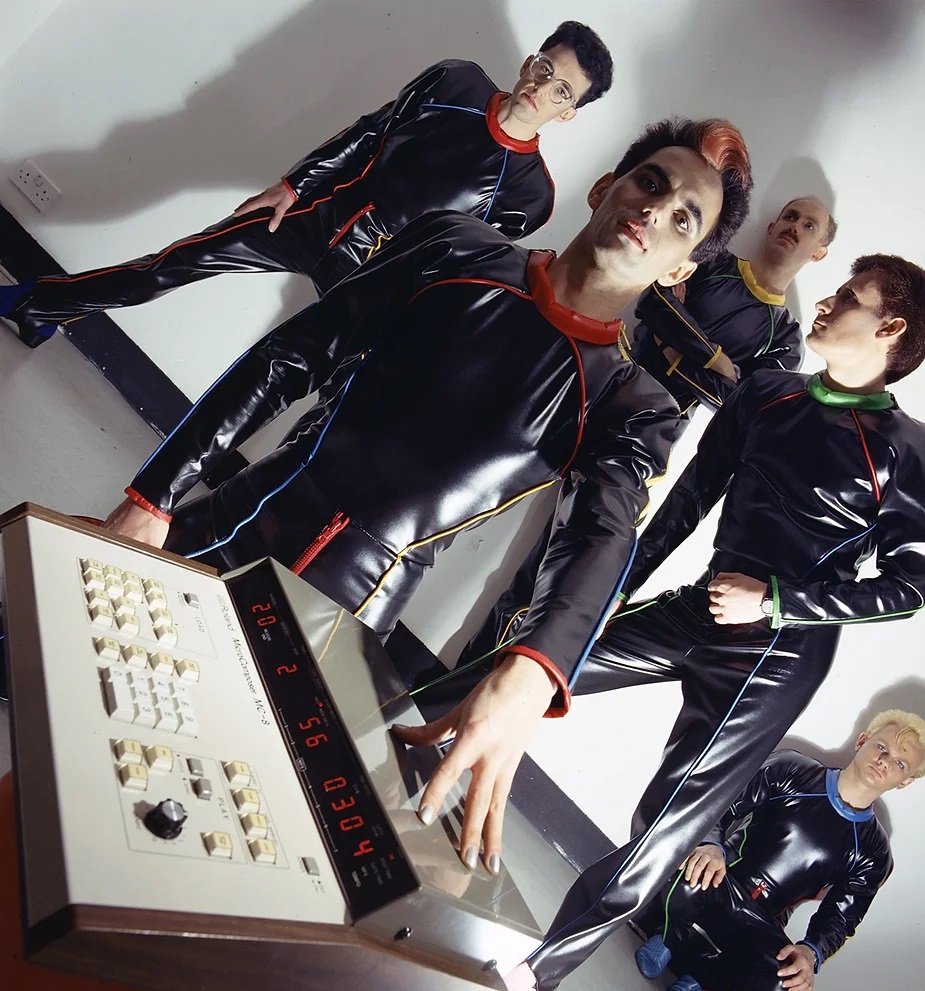

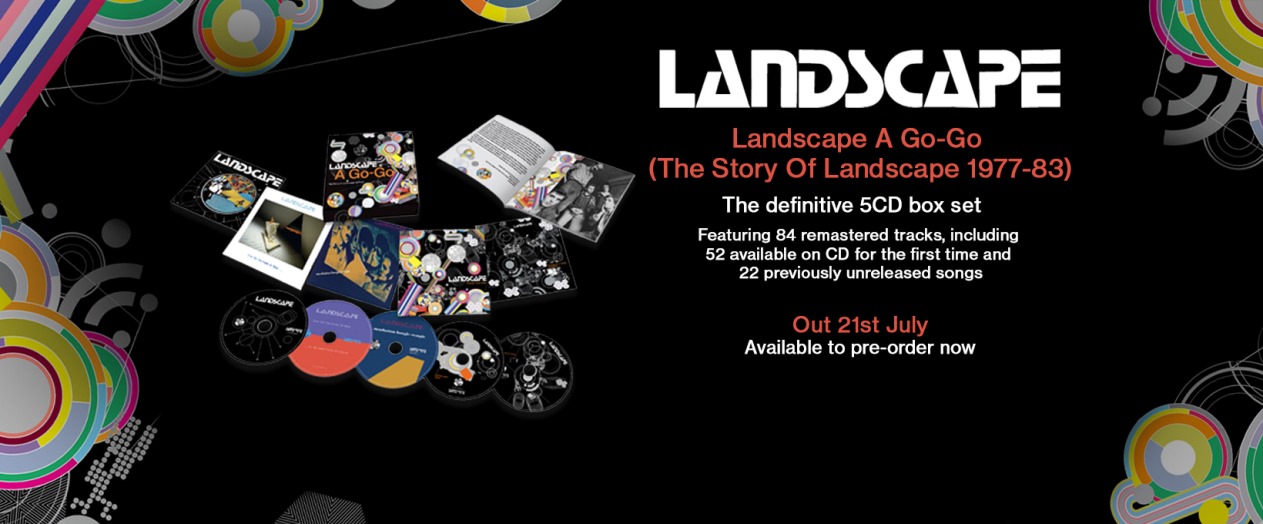
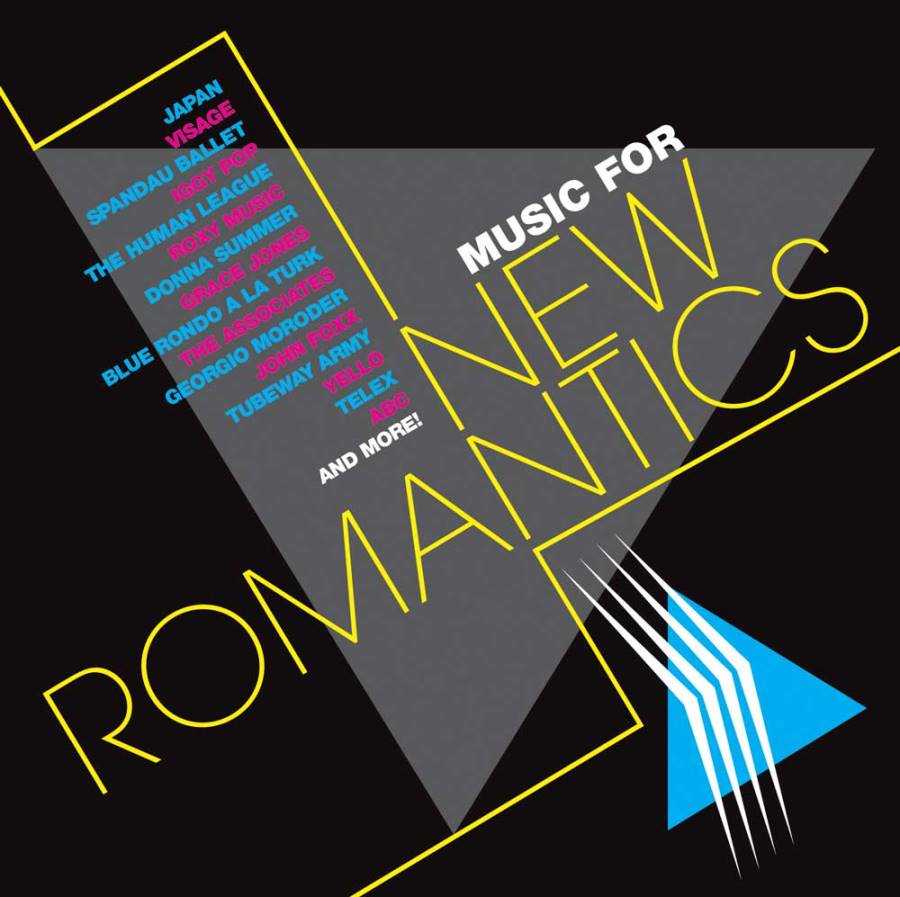
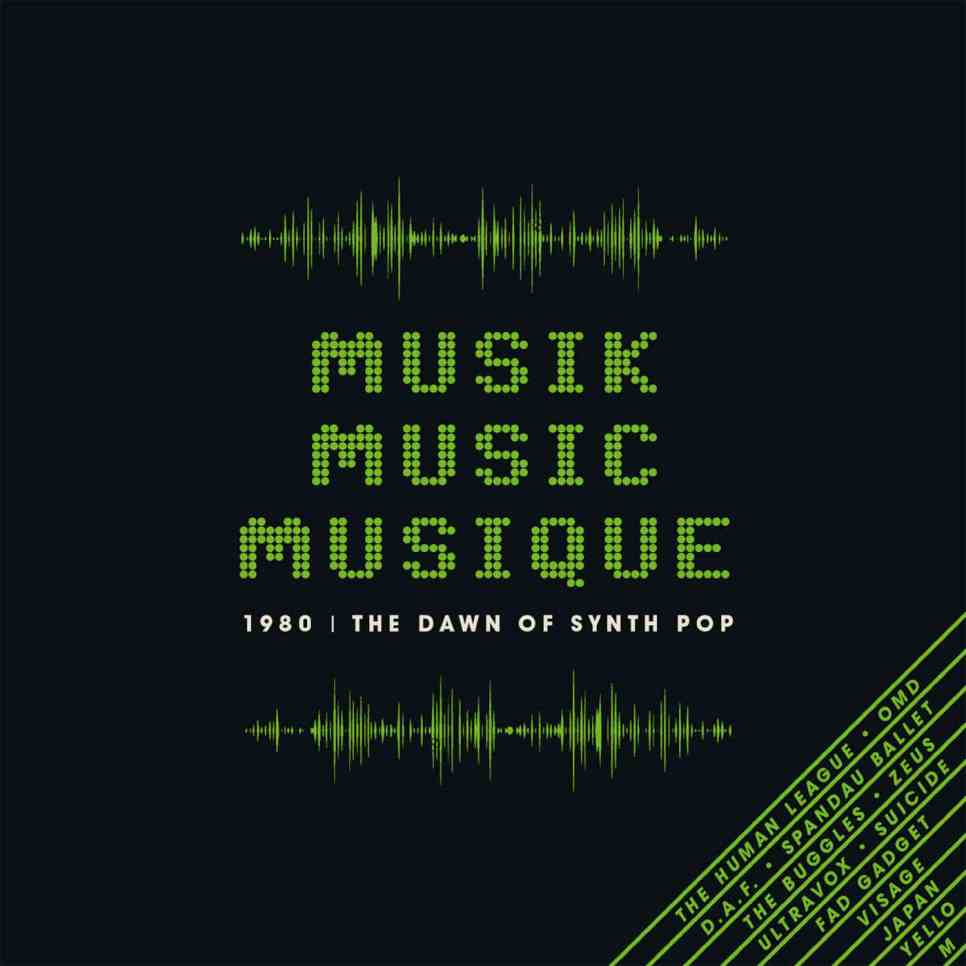
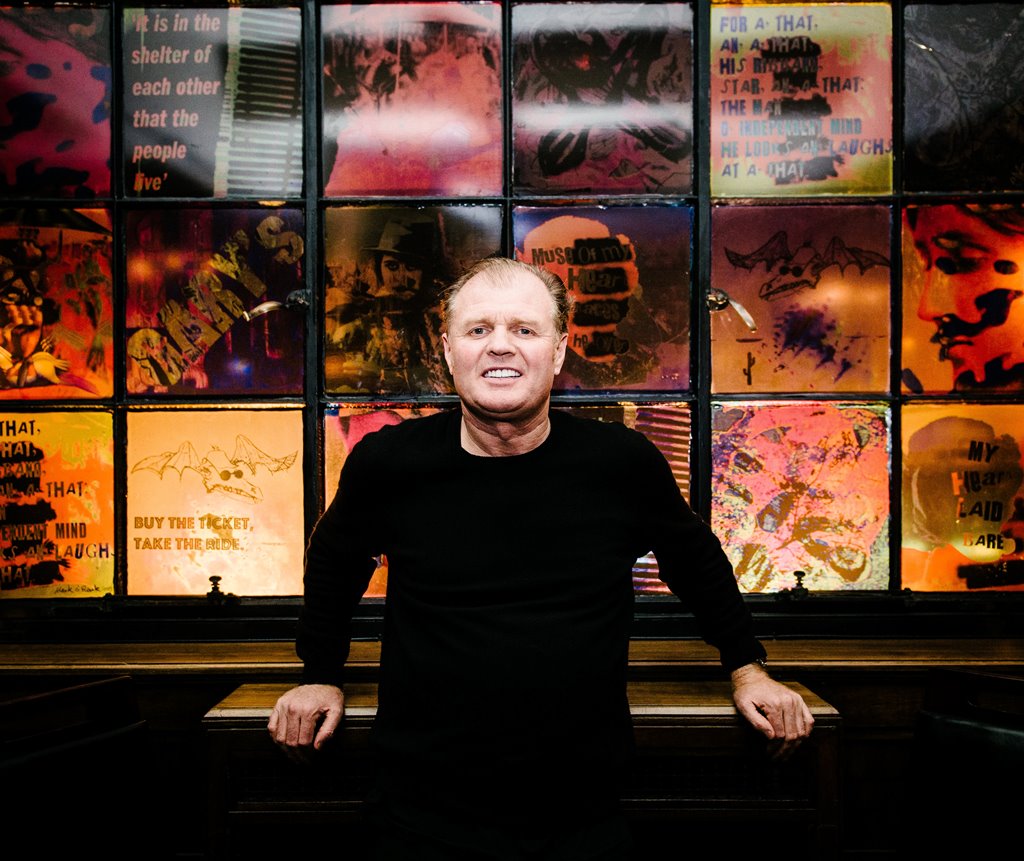
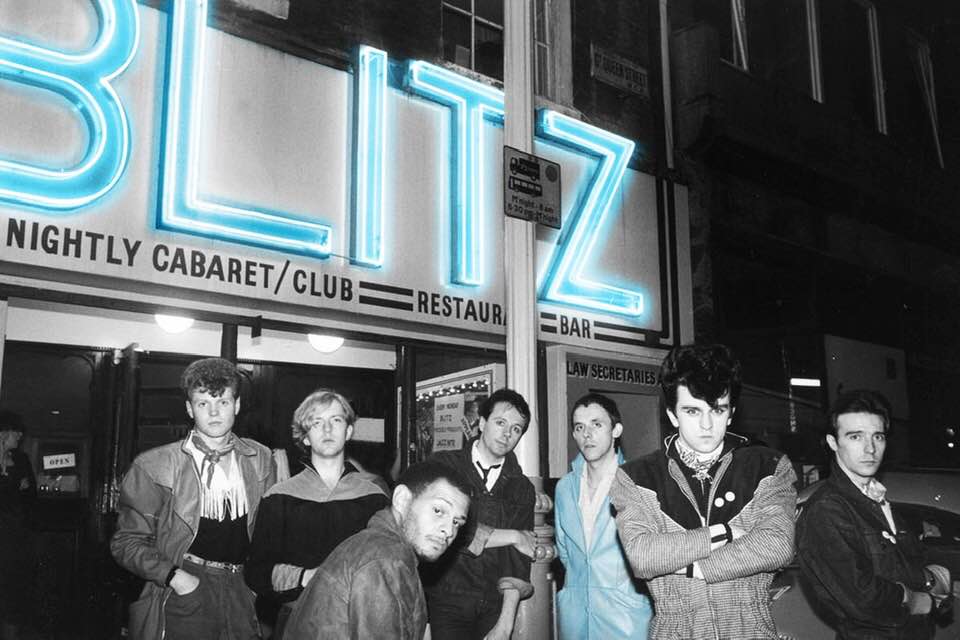
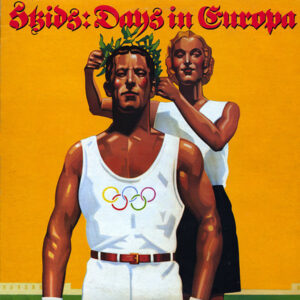
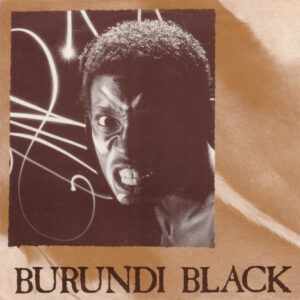
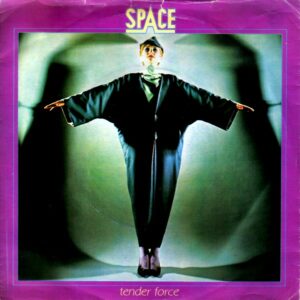
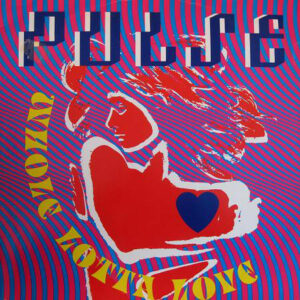
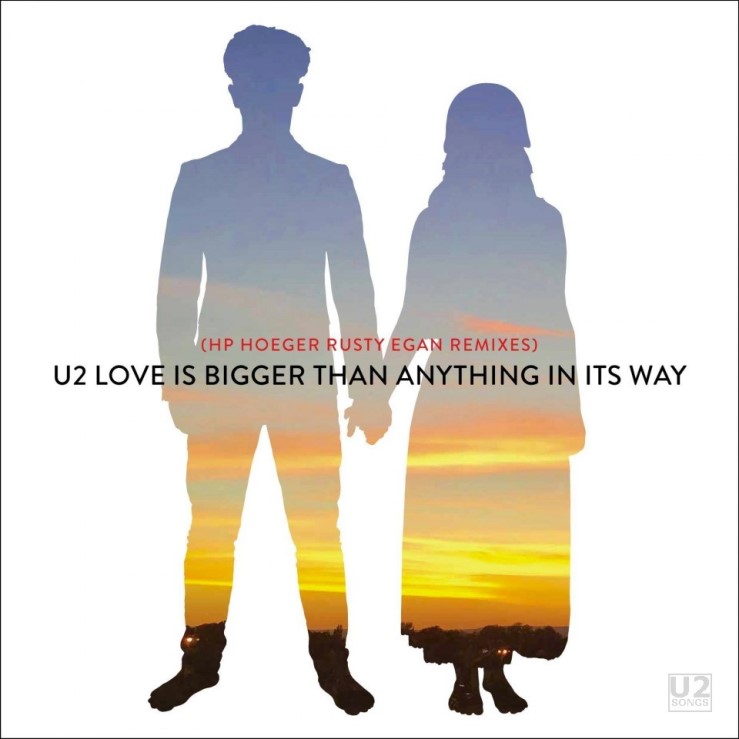
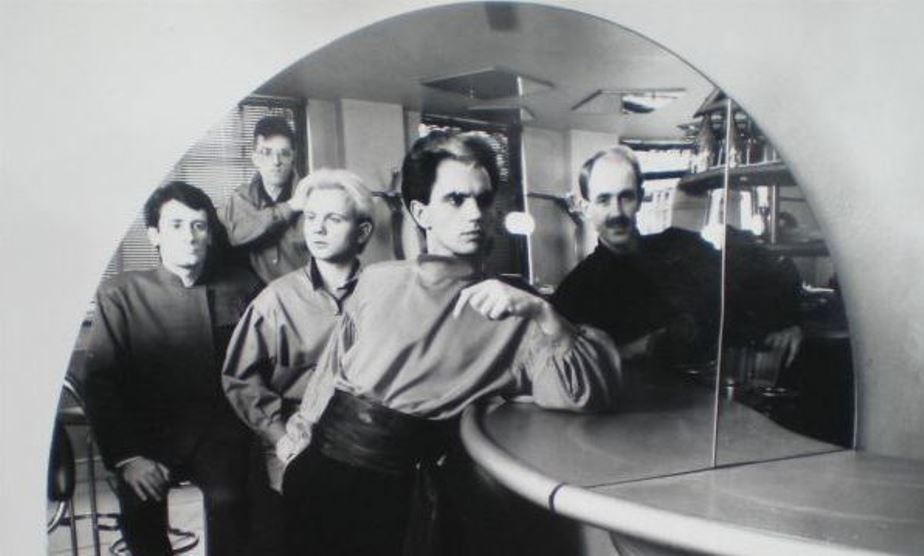
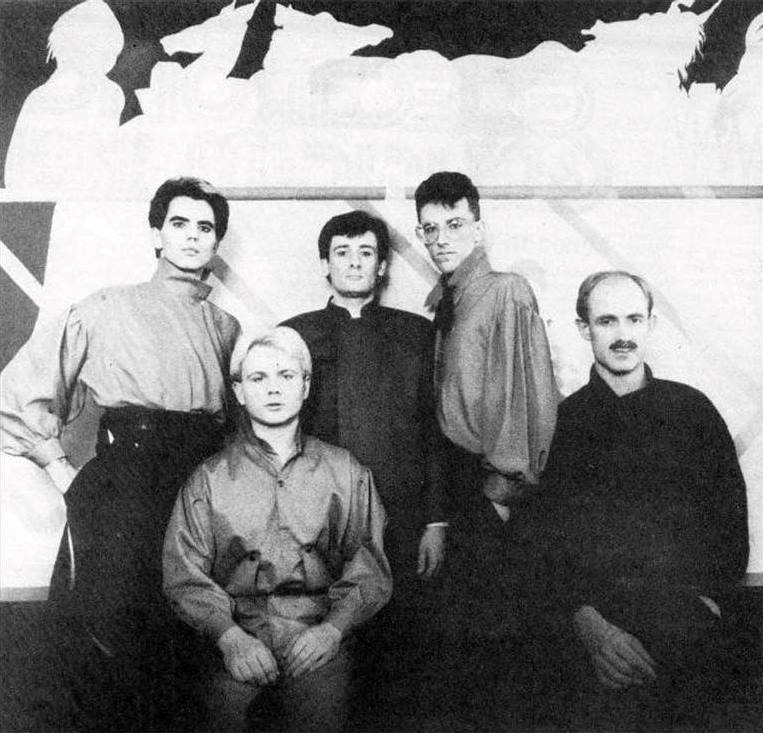
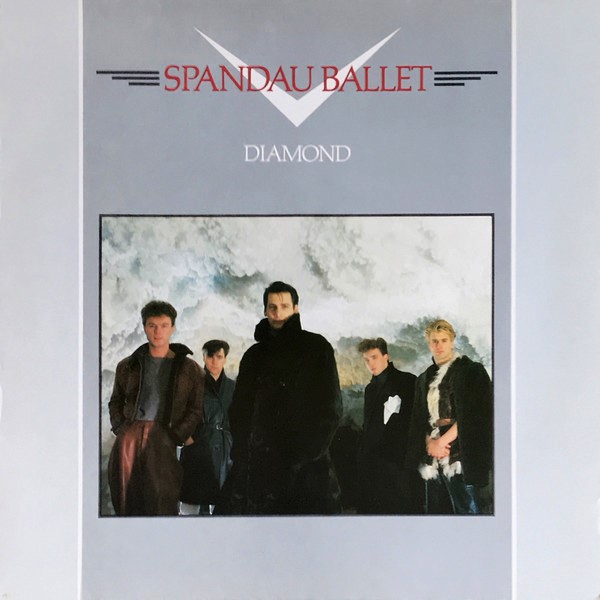

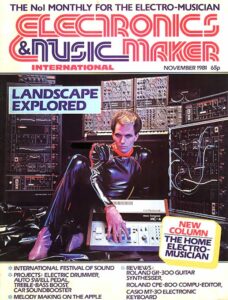
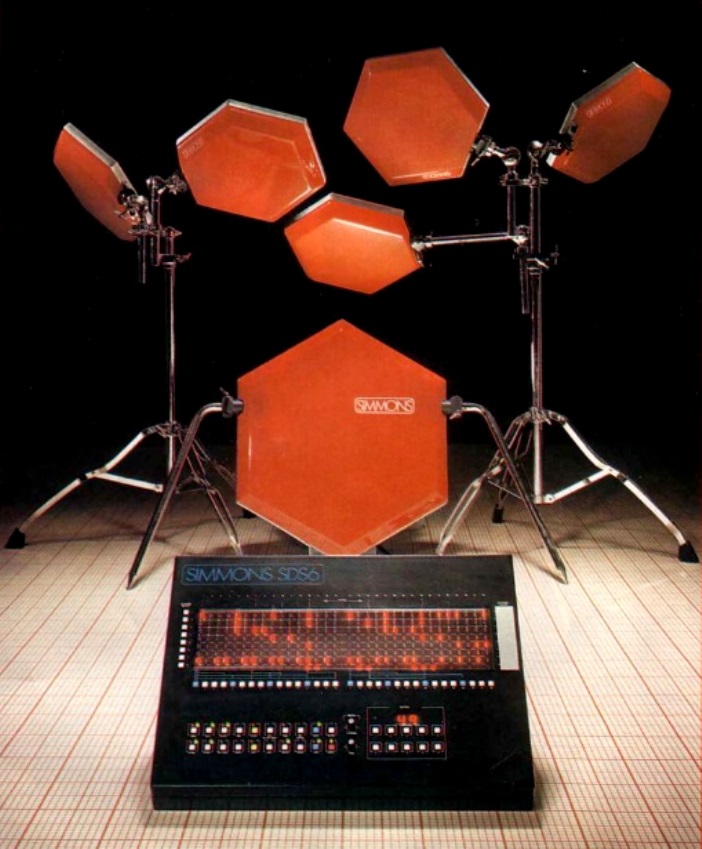
Follow Us!